Luis Adelantado is pleased to invite you to Color emptied the first solo exhibition of the Madrid artist Iñaki Domingo, after its passage through the XVIII CALL of Luis Adelantado.
The works in Color vaciado have been created over the last five years and are part of one of the lines of work that defines Iñaki Domingo’s research on the mechanisms of visual perception.
In this project the artist focuses on the behavior of color in images and how colors relate to each other depending on the support and the context in which we observe them. Taking as a starting point a quote by Josef Albers -who states that “color is the most relative of the means used by art”- to propose an exercise of colorimetric analysis in which the conflict regarding the ways of perceiving color depending on its context leads us to a representational paradox.
What happens when a color photograph is taken of a monochrome space? And then, when it is printed, framed, exposed, illuminated? How does our perception of these images change according to these conditions?
Following Albers’ approach, images are always affected by external agents that cause them to be in a state of constant fluctuation, which makes it practically impossible to appreciate or reproduce them reliably.
Iñaki Domingo
Color vaciado. Iñaki Domingo
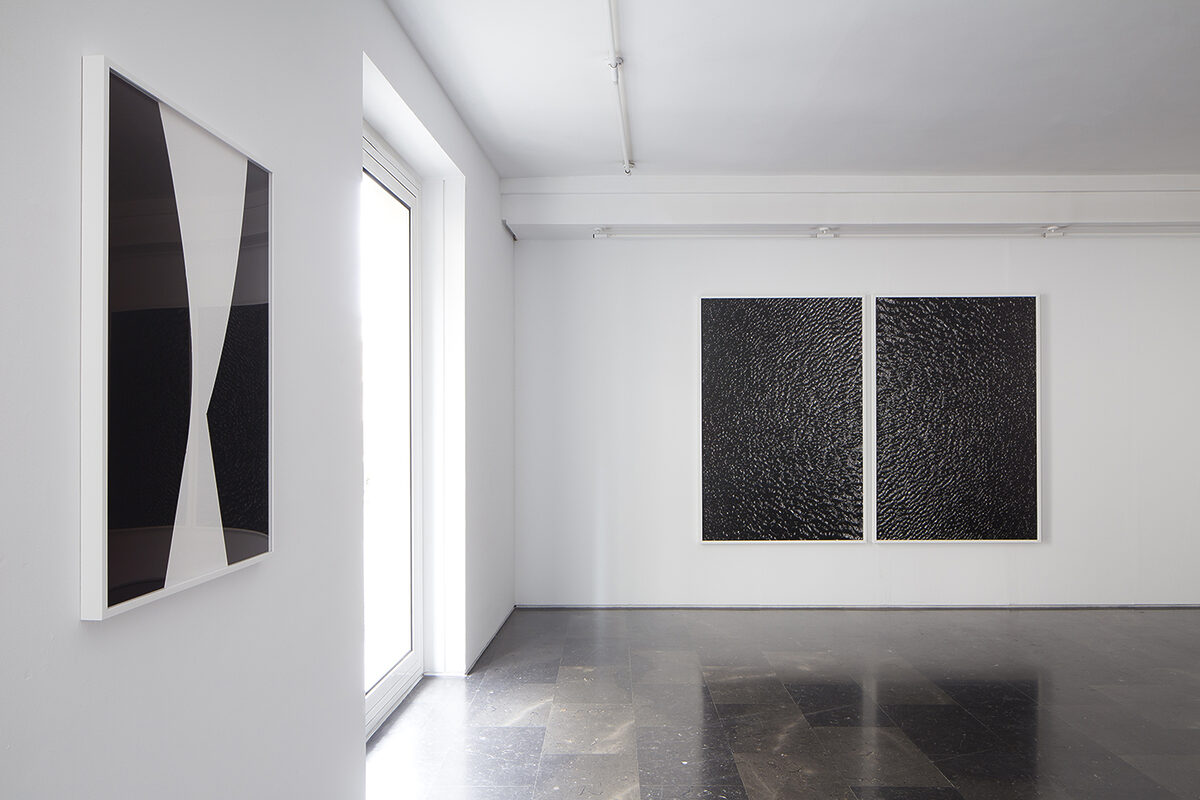
Color Vaciado, 2018
Iñaki Domingo. Room 3. General view

Color vaciado, 2018
Iñaki Domingo. Untitled (Color vaciado series), 2016. Inkjet print on archival paper (diptych). 183 x 123 cm / ud
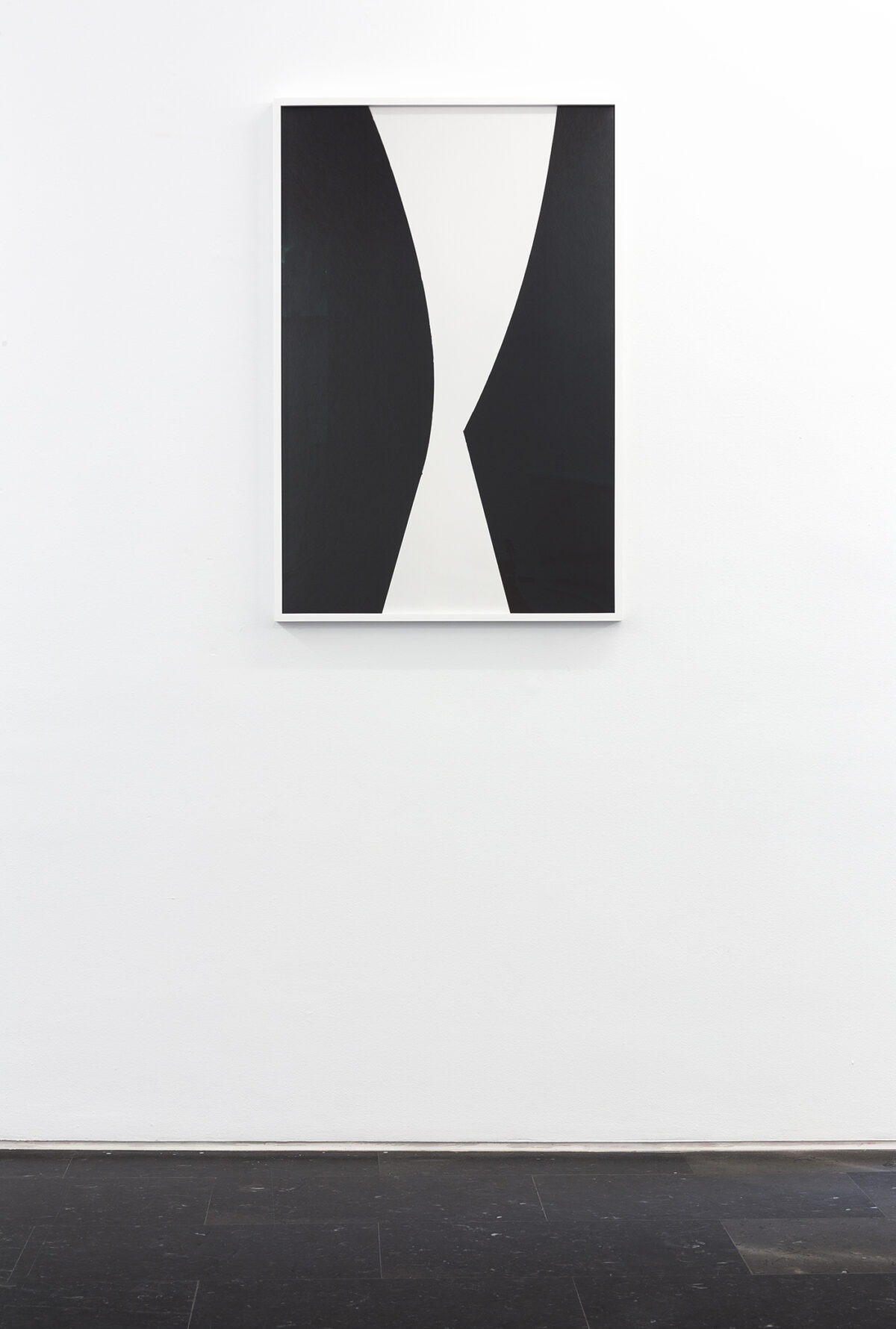
Color vaciado, 2018
Iñaki Domingo. Untitled (Color vaciado series), 2014. Inkjet print on archival paper (diptych). 102 x 68,5 cm

Color vaciado, 2018
Iñaki Domingo. Untitled (Color vaciado) (Detail), 2014. Inkjet print on archival paper (diptych). 102 x 68,5 cm
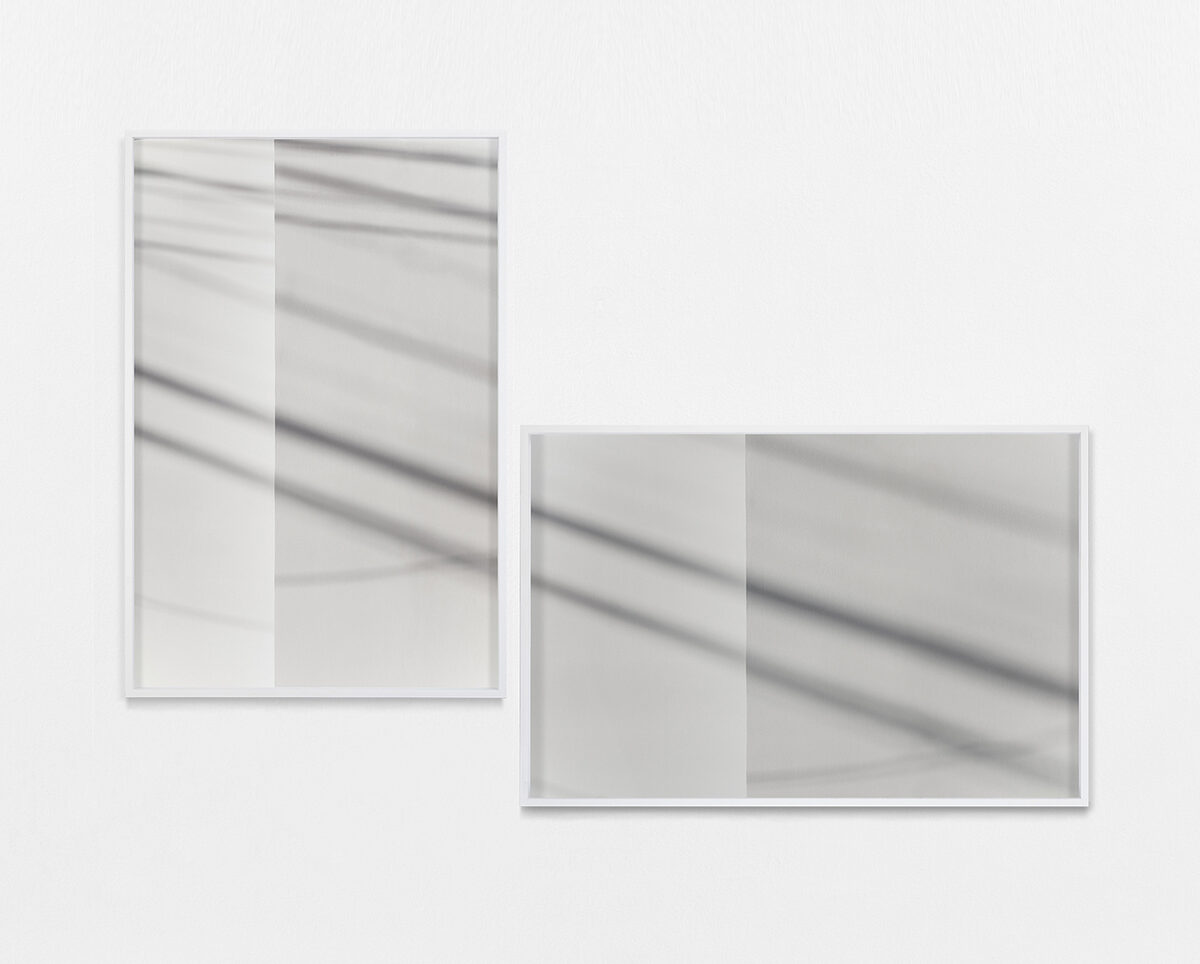
Color vaciado, 2018
Iñaki Domingo. Untitled (Color vaciado series), 2014. Inkjet print on archival paper. 100 x 66,7 cm / ud.
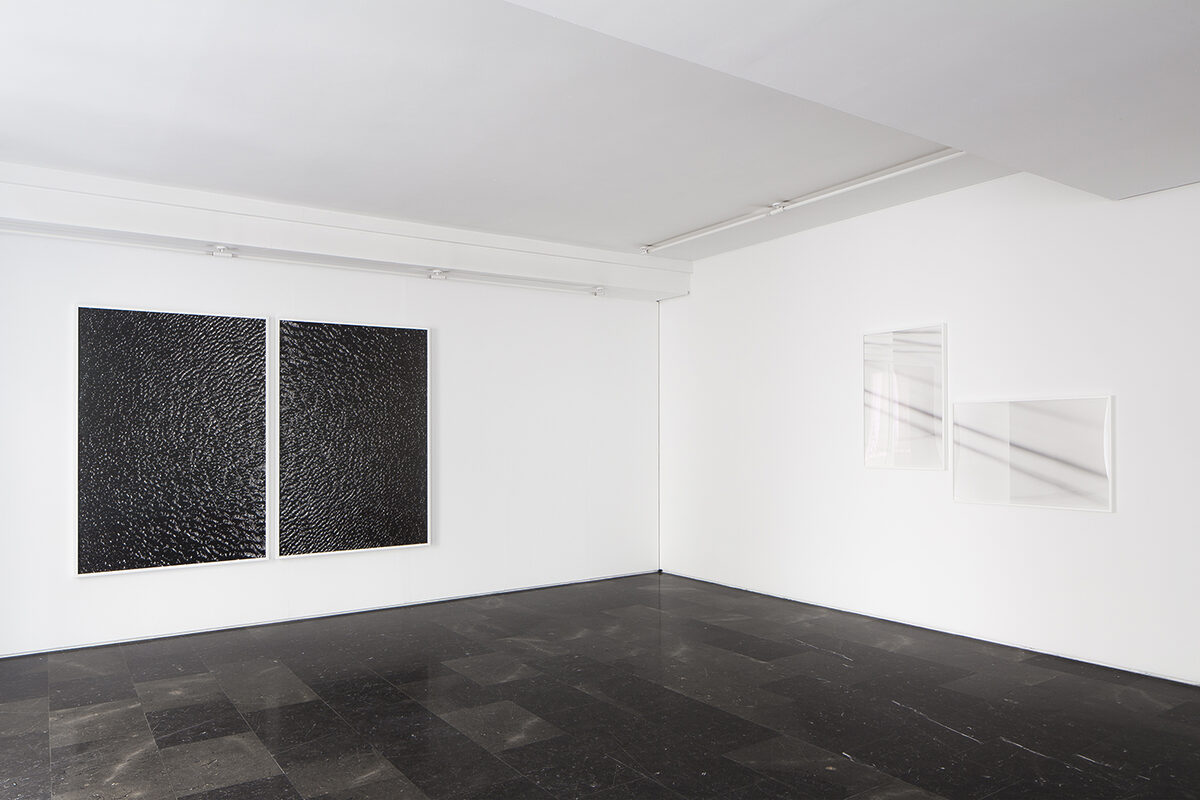
Color vaciado, 2018
Iñaki Domingo. Room 3. General view
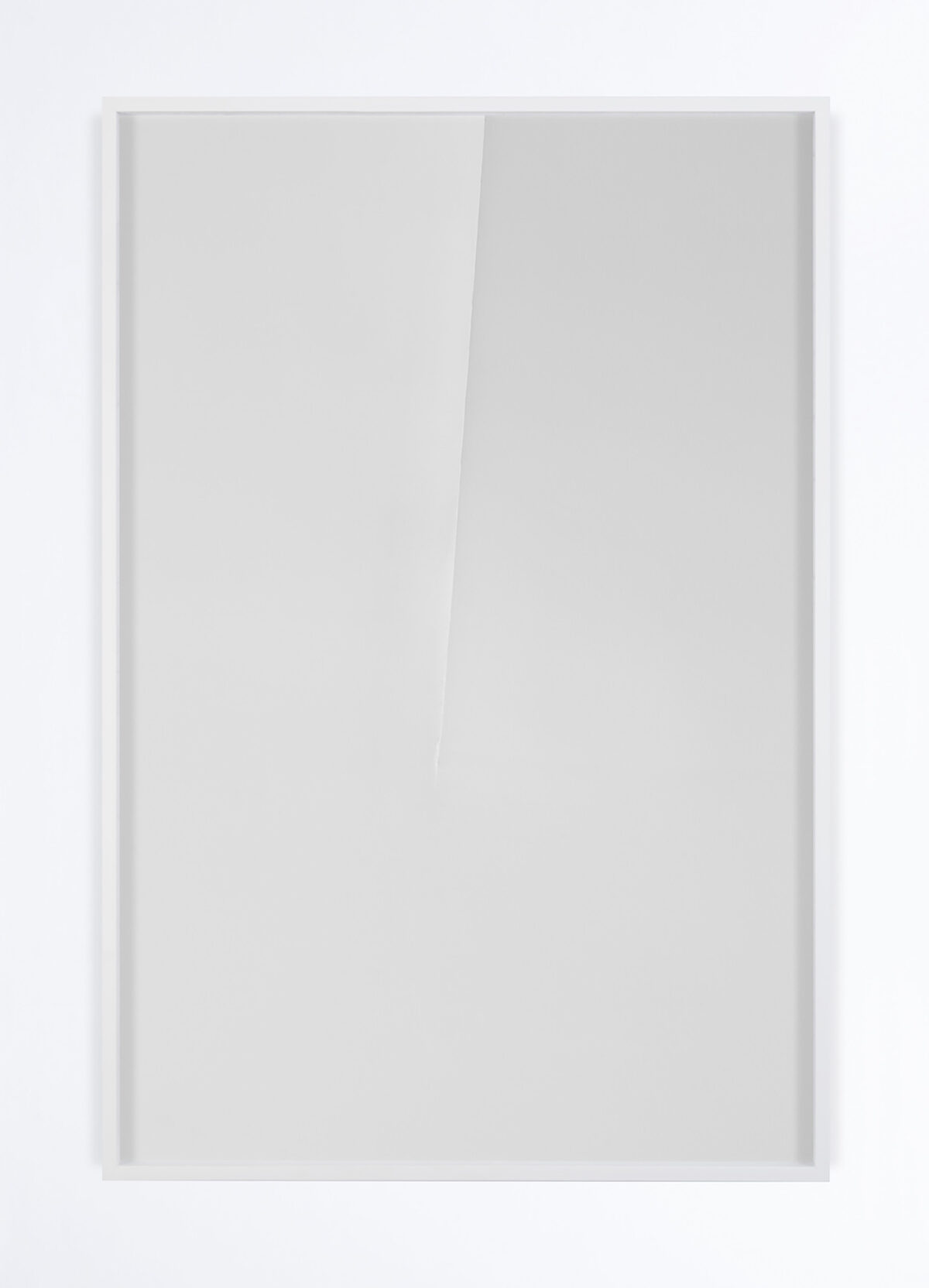
Color vaciado, 2018
Iñaki Domingo. Untitled (Color vaciado series), 2015. Inkjet print on archival paper. 70 x 46,7 cm

Color vaciado, 2018
Iñaki Domingo. Untitled (Color vaciado series), 2015. Inkjet print on archival paper. 71 x 47,7 cm
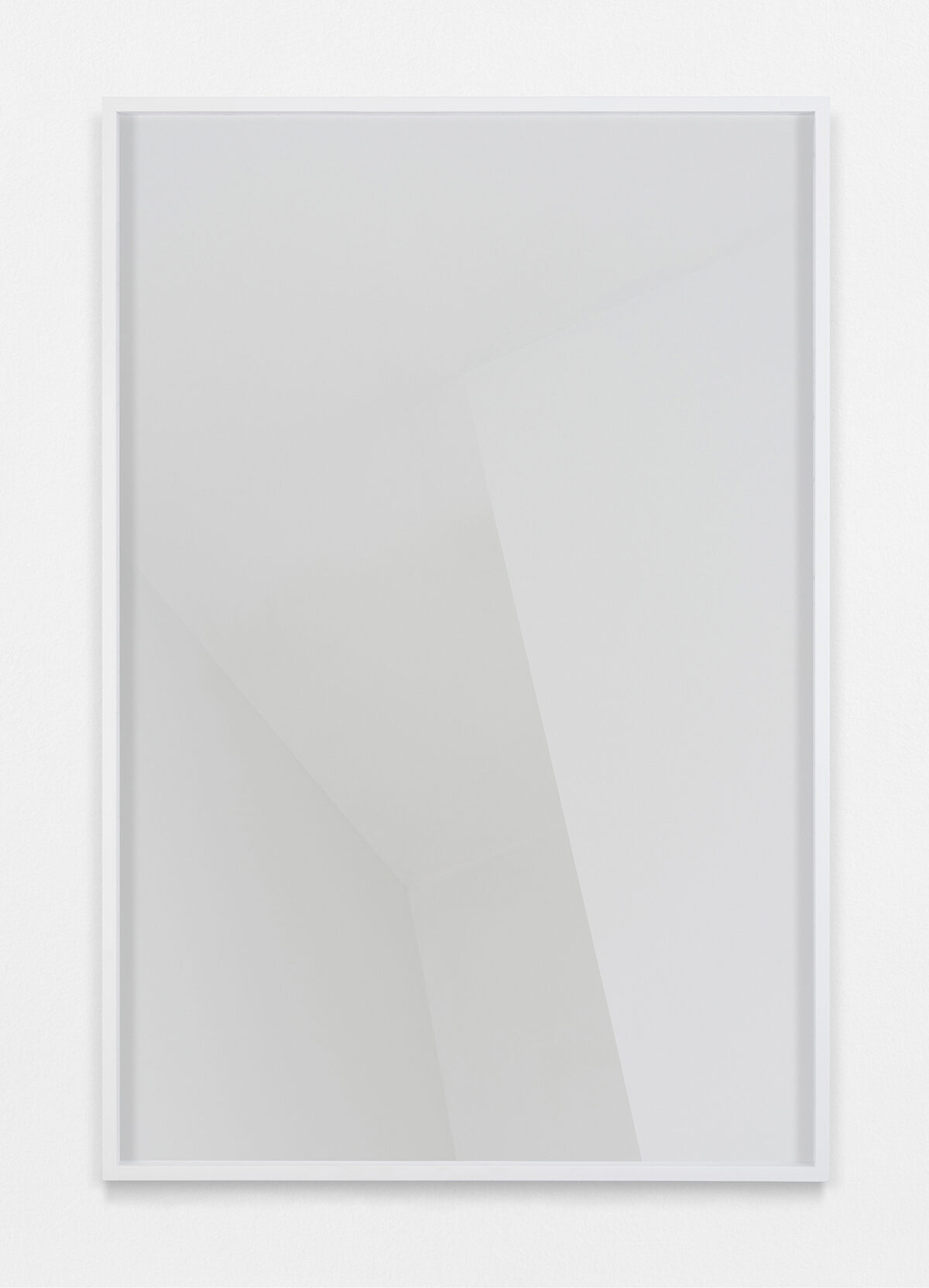
Color vaciado, 2018
Iñaki Domingo. Untitled (Color ), 2015. Inkjet print on archival paper. 71 x 47,7 cm

Cast color, 2018
Iñaki Domingo. Untitled (Color vaciado series), 2014. Single channel video. 5′
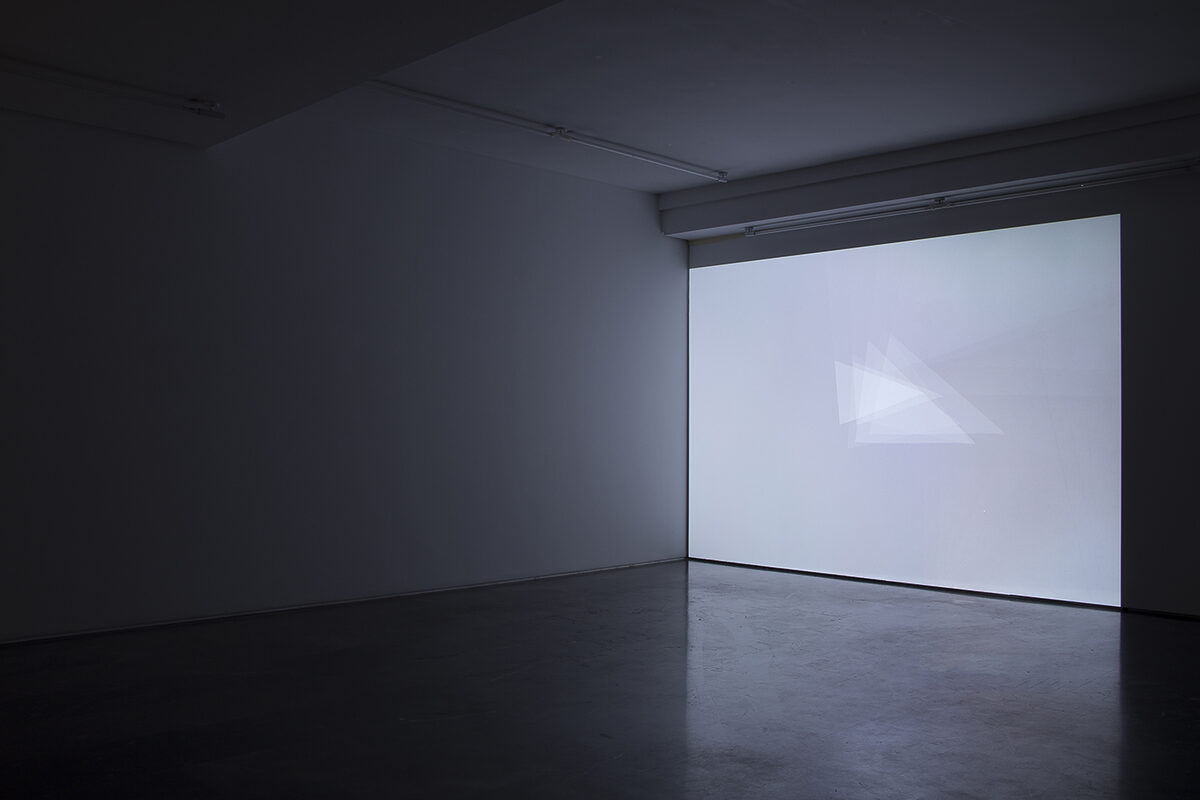
Color vaciado, 2018
Iñaki Domingo. Untitled (Color vaciado series) , 2014. Single channel video. 5′